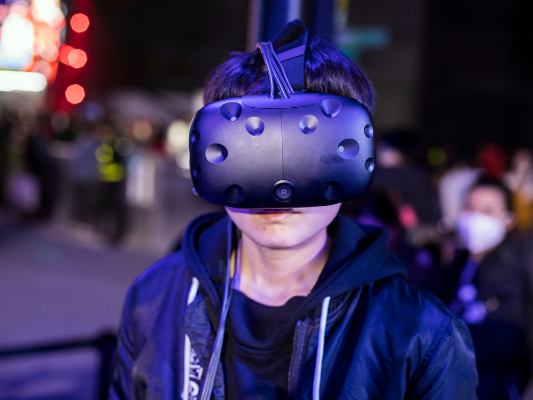Chinese tech company Huawei has told CNBC that it plans to commercialize augmented reality (AR) glasses within “the next one to two years”. Huawei is China’s largest consumer electronics company and is often described as “China’s Apple” due to its focus on high end products.
One factor that could give Huawei an edge over competitors like Facebook and help them compete with Apple’s upcoming AR glasses is that they design and manufacture their own SoCs (system on chip) through their HiSilicon subsidiary. Whereas Facebook may have to purchase generic SoCs from Qualcomm (as they do for their VR headsets) Huawei can use their own. Not only would this allow them to lower cost, but it would also allow them to tailor the SoCs around the glasses.

Huawei has already released two VR headsets, so the company has gained some experience with head mounted displays. The company’s first headset, the Huawei VR, was a Google Daydream powered smartphone based system for the Huawei P9 and Mate 10 phones, similar to Samsung’s Gear VR. It released in 2016 in China, and in early 2017 Google announced that it was coming to the West — however this did not happen.
The company’s latest VR offering is the Huawei VR 2, a unique headset which can be powered by either a Huawei flagship smartphone (via the phone’s USB-C port) or a gaming PC via DisplayPort. The headset features dual 90 Hz 1440×1600 LCD panels with IPD adjustment, however the tracking for both the headset and controller is 3DoF only. Because it can connect to a PC, it now shows up in the Steam Hardware Survey.

Current AR headsets from Microsoft (HoloLens) and Magic Leap (Magic Leap One) have high prices, a relatively small field of view, and are too big to be worn in public. Huawei told CNBC that the company will “bring a better user experience product”, but has not provided any specific details on exactly what they will improve on.
With Huawei, Apple, and Facebook all now working on AR glasses, as well as the HoloLens and Magic Leap One both currently in the development kit stage, the early 2020’s is shaping up to be the beginning of the true consumer AR age. We’ll keep you updated on any further news of true consumer AR glasses.








